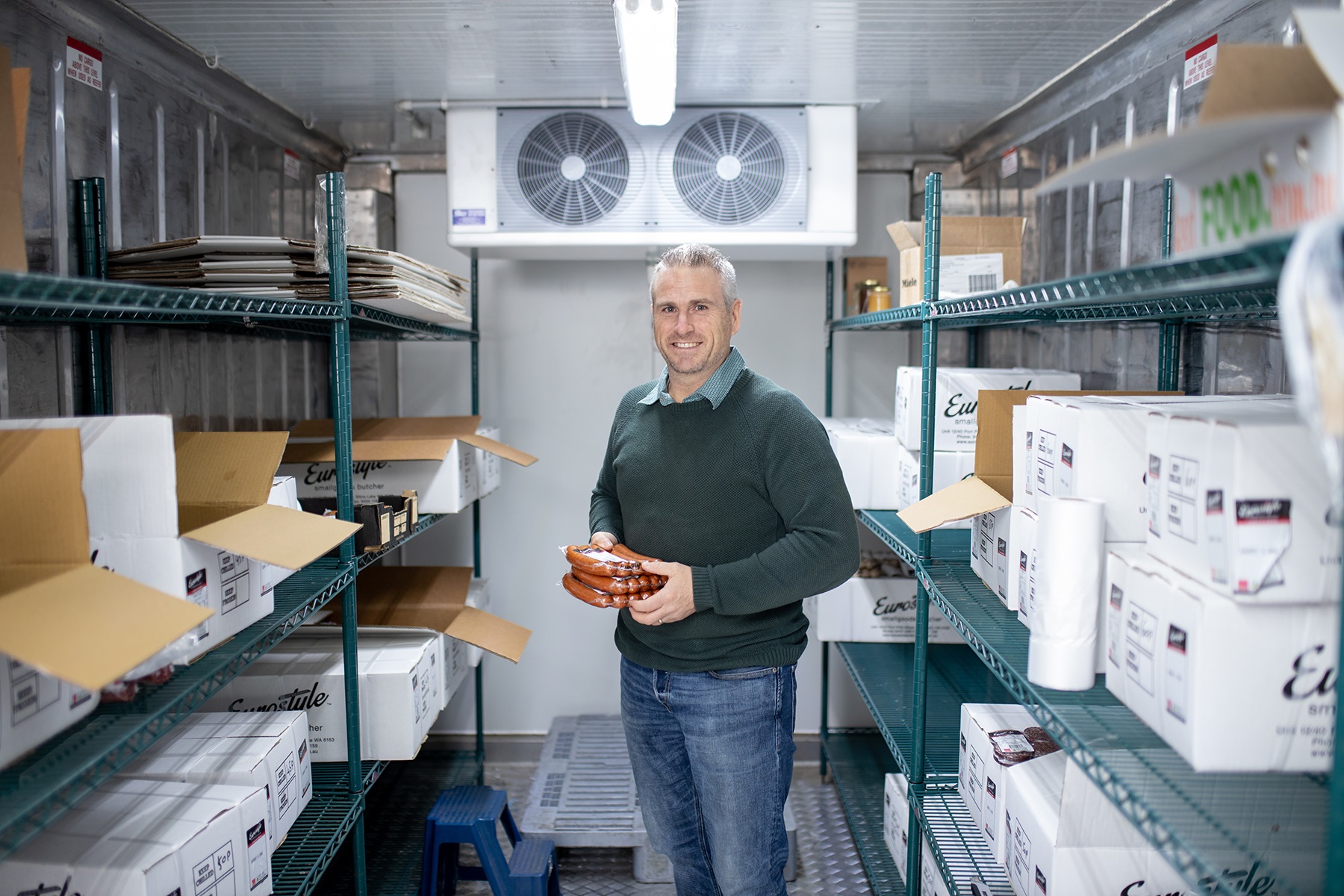If your business sells any kind of unpackaged, ready-to-eat foods, it’s important to keep your customers safe from food-borne illnesses. Here’s what you need to know about the new food safety management standard introduced in Australia – and what action you need to take.
It’s not pleasant to imagine the consequences for your customers, business and reputation if one of your customers was to get sick because of food they bought from your business.
Between 2010 and 2017 , close to one thousand food-borne illnesses were linked to incorrect food safety and handling practices from food businesses in Australia.
From 8 December 2023, a new food safety management standard will be enforced across Australia. Here’s a summary of the new standard to help you get your business get ready if you sell, prepare or work with unpackaged, potentially hazardous, ready-to-eat foods.
About the new food safety standard
The new standard is known as Standard 3.2.2A - Food Safety Management Tools. It has been introduced across Australia, with a 12-month transition period in place, to improve food safety.
Your business needs to comply with this new standard if your business offers:
- Food service such as restaurants, cafes, takeaway food shops, hospitals, childcare centres, family day care, bakeries and mobile food vendors
- Catering such as catering services, restaurants, canteens, schools and hospitals that handle or offer food for immediate consumption
- Retail services such as some supermarkets, delis, butchers, service stations, seafood retailers, market stalls and convenience stores
The standard is designed to apply to the handling of unpackaged and potentially hazardous food which is either ready-to-eat for sale or used in the preparation of ready-to-eat food to be served. Your business will either be ‘category one’ or ‘category two’ depending on its activities, and this will determine which sections of the standard apply.
What are potentially hazardous foods?
Potentially hazardous foods are items that need to be refrigerated in order to keep them safe. This can include:
- food containing meat, eggs and/or seafood
- raw and cooked meats
- dairy products
- seafood
- sprouted seeds
- cut fruit and vegetables
- cooked rice
- fresh and cooked pasta
New food safety management tools
The standard introduces three new mandatory food safety management tools. These are:
- Food handling safety training for workers handling food to show that they understand how to handle food safely, how to avoid food contamination, proper cleaning and sanitising practices and equipment, and personal hygiene
- Showing that food is safe by demonstrating safe food handling practices or keeping records of food safety controls and processes
- Appointing a Food Safety Supervisor
For many businesses in WA, this standard introduces a new level of food safety management – so it’s important to make sure your business complies.
You’ll need a Food Safety Supervisor
One of the key changes for your business could be the need to appoint a Food Safety Supervisor. This is someone within your team (or yourself as the business owner) who needs to be:
- Trained and certified under the new standard
- Reasonably available when your business is open
- Able to promote food safety and give advice to any of your employees who handle food
Food safety in your business needs to be a responsibility everyone takes seriously – and your Food Safety Supervisor is the one who makes sure this happens.
Food Safety Supervisor training is estimated to take between six and 11 hours, depending on the trainee’s level of experience, and can be completed online.
You can find details of what is involved in the training and the role of Food Safety Supervisors in the Department of Health’s guide to food safety management tools for food businesses.
Learn more about the new standard for your business
The changes you’ll need to make within your business to align with the new standards will depend on the kinds of foods you work with and what category of business you run.
The Department of Health website has more information on these food safety changes. You might also find these resources useful:
- Infographic – a visual guide with an overview of the types of businesses involved
- Fact sheet – a summary of the new food safety management tools (including translations in Thai, Vietnamese, Italian and Simplified Chinese)
- A Food Safety Standard Guide – with more information and resources (including translations in Thai, Vietnamese, Italian and Simplified Chinese)
When must the new standard be in place?
If the new food safety standard applies to your business, you must comply by 8 December 2023.
More information
If you run a food-based business, you may be interested in the following resources:
- The recipe to success for a food-based business
- The 2 things every food business premises needs
- Things to know when starting a food truck business
- How to Start a Food Business (workshop)
For more news and updates like this delivered to your inbox, sign up for SBDC e-news.




